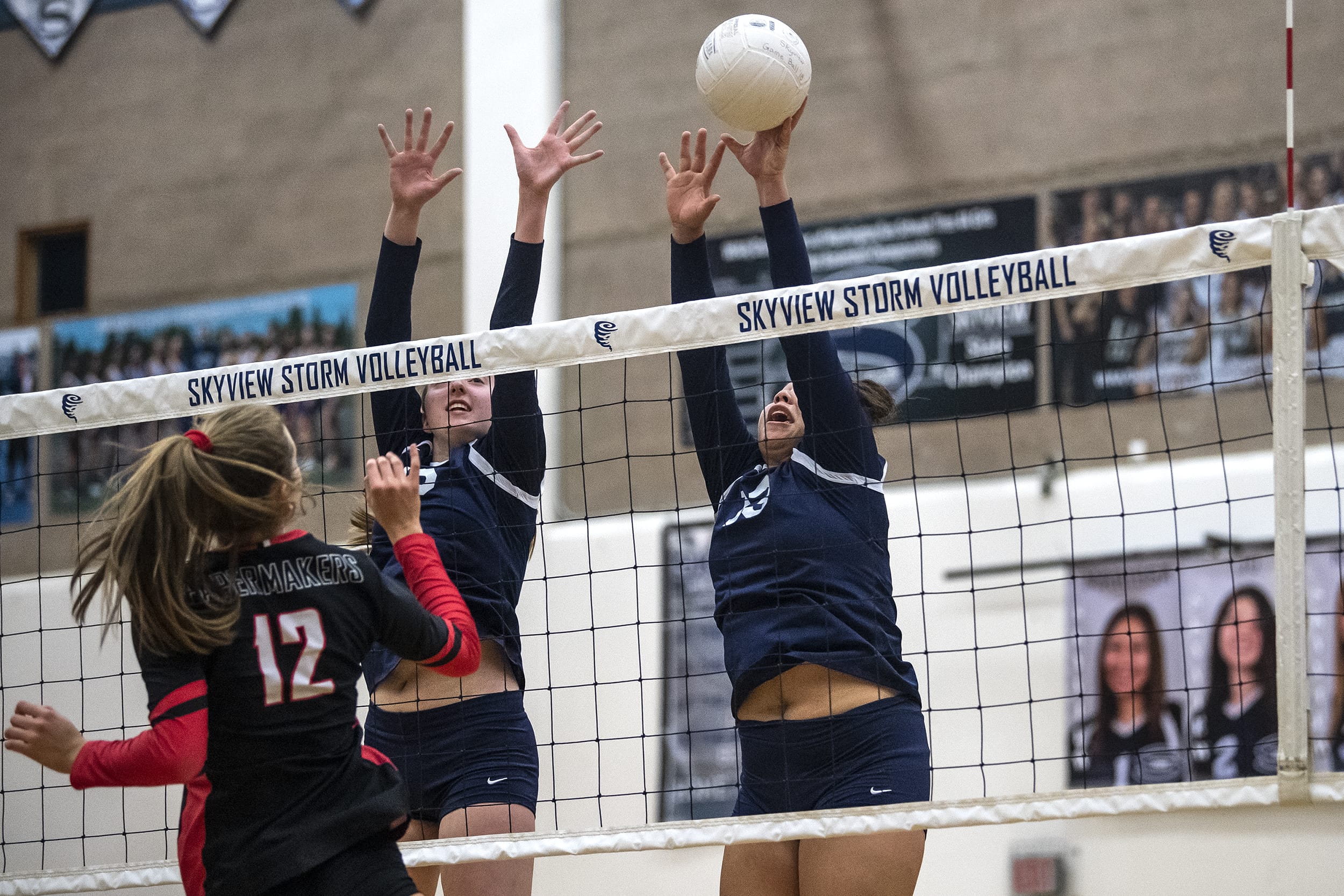Often, as a journalist, you find yourself right in the middle of issues, even if people on one side or the other don’t think so.
Take the recent announcements regarding return-to-play plans for high school sports.
When the Washington Interscholastic Activities Association announced a change in plans resulting in fall sports kicking off the WIAA’s revised calendar on Feb. 1, there was a lot of excitement on social media. “Yes, let’s go!” or “We’re back!” were some of the reactions.
And I responded “Whoa, hang on now. There are still things that need to happen before sports return.”
Thanks to the tireless effort by the WIAA, working with state officials to clarify and modify guidelines, athletes in Southwest Washington in the sports of cross country, boys tennis and boys golf will begin their seasons on Feb. 1.
However, sports like football, girls soccer, volleyball and slowpitch softball still have to wait for COVID-19 metrics to improve before those athletes can start their seasons.
And after back-to-back Fridays of bad news on that front, the pessimists came out. “The season is never starting” or “They should just cancel the season now” were some of the reactions.
Again, hang on. Take a step back.
The guidelines outlined in the “Healthy Washington” reopening plan are much better for bringing back high school sports than the previous “Safe Start” plan.
To me, playing sports like football or volleyball in the 2020-21 school year is no longer a question of “if” but “when.” That wasn’t true under the previous plan.
The previous plan required new cases to drop below 25 per 100,000 residents for high-risk sports like football to return, and even to drop below 75 per 100K for other sports to return.
Considering we’ve been sitting around 400 cases per 100,000, the likelihood of reaching those milestones before June were remote.
But these new metrics focus less on fixed numbers and more on declining numbers. And those numbers can turn more quickly toward the better.
Take Spokane County, for example. The outbreak there has been significantly worse than it has been in Clark County.
On Tuesday, Clark County reported an all-time high of 473.69 cases per 100,00 residents over a two-week period. By comparison, Spokane County reported more than 800 cases for 100,000 residents.
But the East Region, which Spokane County makes up a major portion, hit on three of the four metrics needed to move to Phase 2. Meanwhile, the Southwest Region, which Clark County makes up a major portion, only hit on one of four metrics.
Why is that? It’s because the East’s numbers are declining. A month ago, Spokane County was reporting about 1,000 cases per 100,000 residents.
So Clark County hitting an all-time high could indicate that a decline is on the way. The question now becomes — how long will it take for the necessary decline to get the Southwest Region into Phase 2?
Do I expect the Southwest Region to reach Phase 2 by next week, allowing high-risk sports to start on Feb. 1? No. It’s not impossible, but it’s a longshot.
The biggest hurdle is the positivity rate, which for the Southwest sits 18%.
In the first two weeks that data was released, no region in the state saw a change in the positivity rate that was greater than 3%. That means if the Southwest Region were to see a weekly drop of three percentage points — which looks like it might be a best-case scenario — it would take three weeks to get below the 10% threshold.
And where would that put us?
According to the plan released by the Greater St. Helens Leagues last week, if the region is not in Phase 2 by Jan. 25, the high-risk sports of Season 1 could not start until at least Feb. 8.
If Phase 2 is not reached by Feb. 1, the earliest start would be Feb. 15. If Phase 2 is not reached by Feb. 8, then the earliest start would not be until Feb. 22.
So that hypothetical three weeks to get below 10% would allow for a Feb. 15 start. That doesn’t leave much of a window for what happens if the remaining Season 1 sports can’t start by Feb. 22.
In that case, the GSHL would move to a two-season model in which the remaining Season 1 sports could be scattered among the sports of Seasons 2 and 3.
And with the WIAA deciding Tuesday that Season 2 will be made up of traditional spring sports and Season 3 of traditional winter sports, then we might expect football and volleyball to be played in Season 2 and girls soccer and slowpitch softball in Season 3.
And that would force many multi-sport athletes into some tough decisions. For example, an athlete might have to choose between playing football or competing in baseball or track.
That’s where we stand, and to make it better, we have but one option — get these numbers down and quickly.
And we do that by wearing a mask, observing social distancing, limit your gatherings and get vaccinated when the opportunity presents itself.




